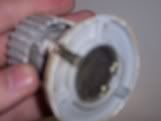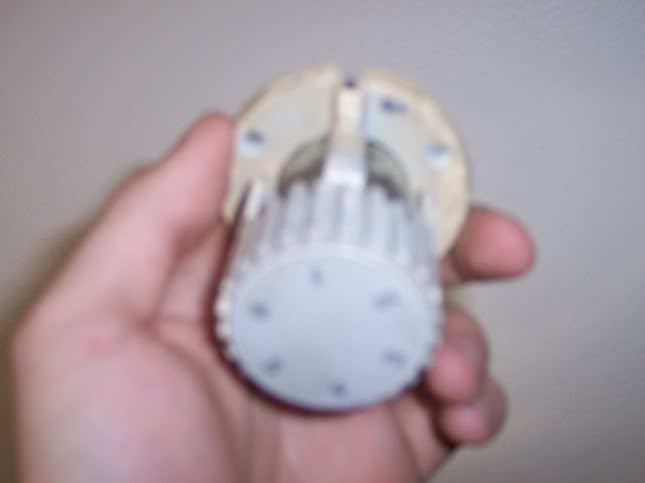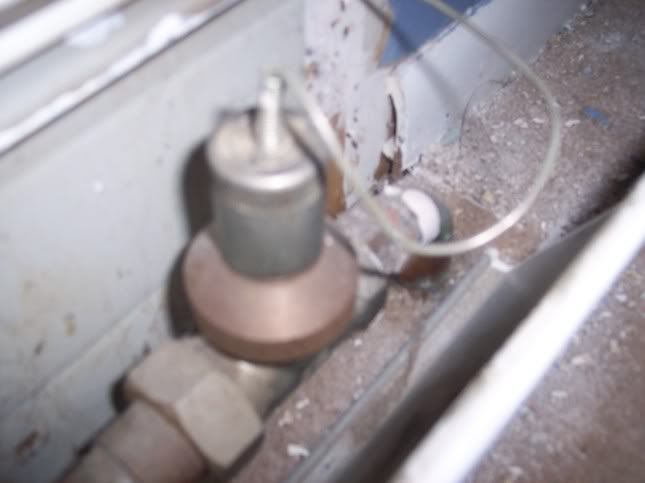I recently bought a condo that has a thermostat in the middle of the living room wall. Its a dial that has numbers 1-5 on it (not degrees). Well I unscrewed it from the wall to try and find out if I can change it and it actually fell off and broke. It was someting I never saw before! It was one solid (looks hollow) hard wire and that was it! IT looks like it goes down the wall to a valve on the end of the heating unit. Thats all there is. It broke on the edge of the thermostat and I do not see a way of putting it back in. If any of this sounds familiar to someone I would greatly appreciate it! Please let me know if where I can find a replacement! There is no namebrand on the valve or the dial. I brought it to a local plumbing shop and they were clueless.
Thanks and I hope you can help!
Thanks and I hope you can help!








Comment